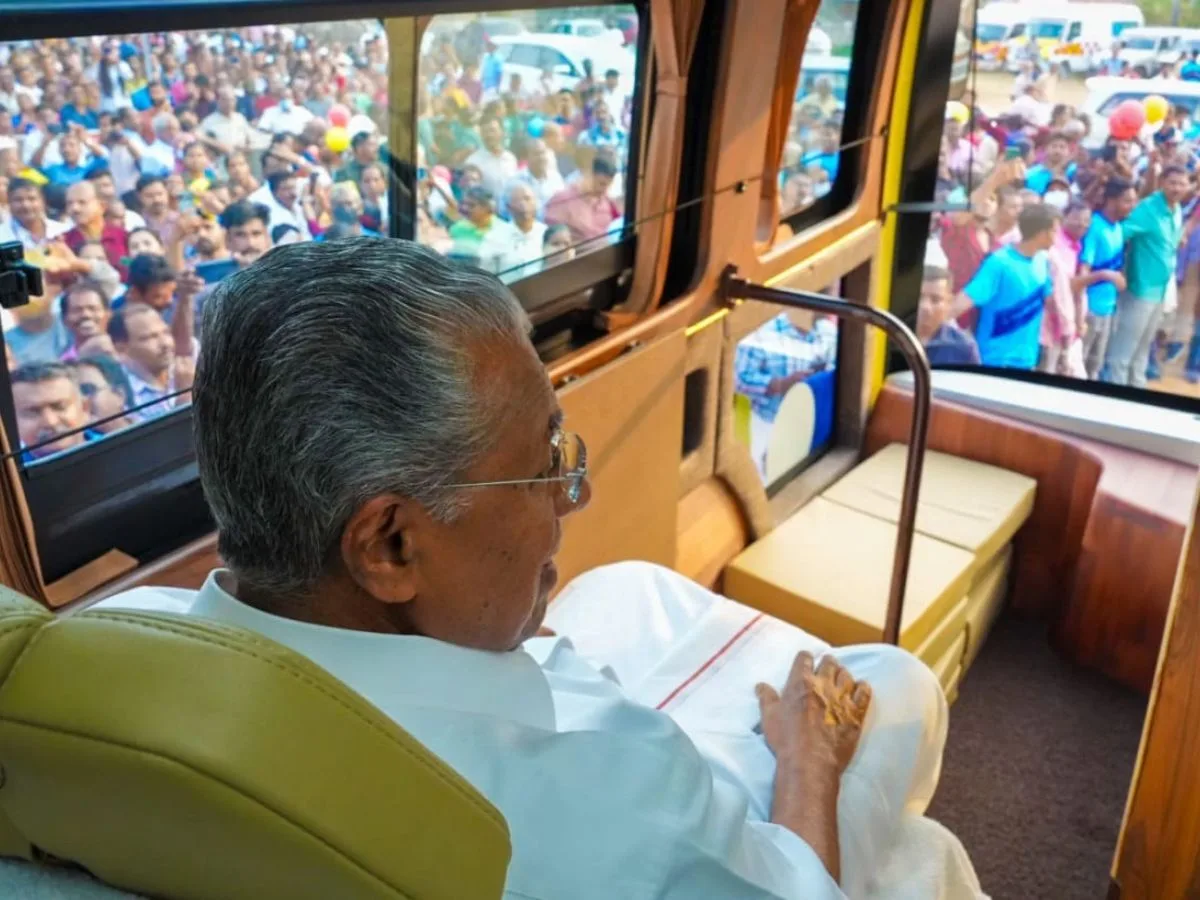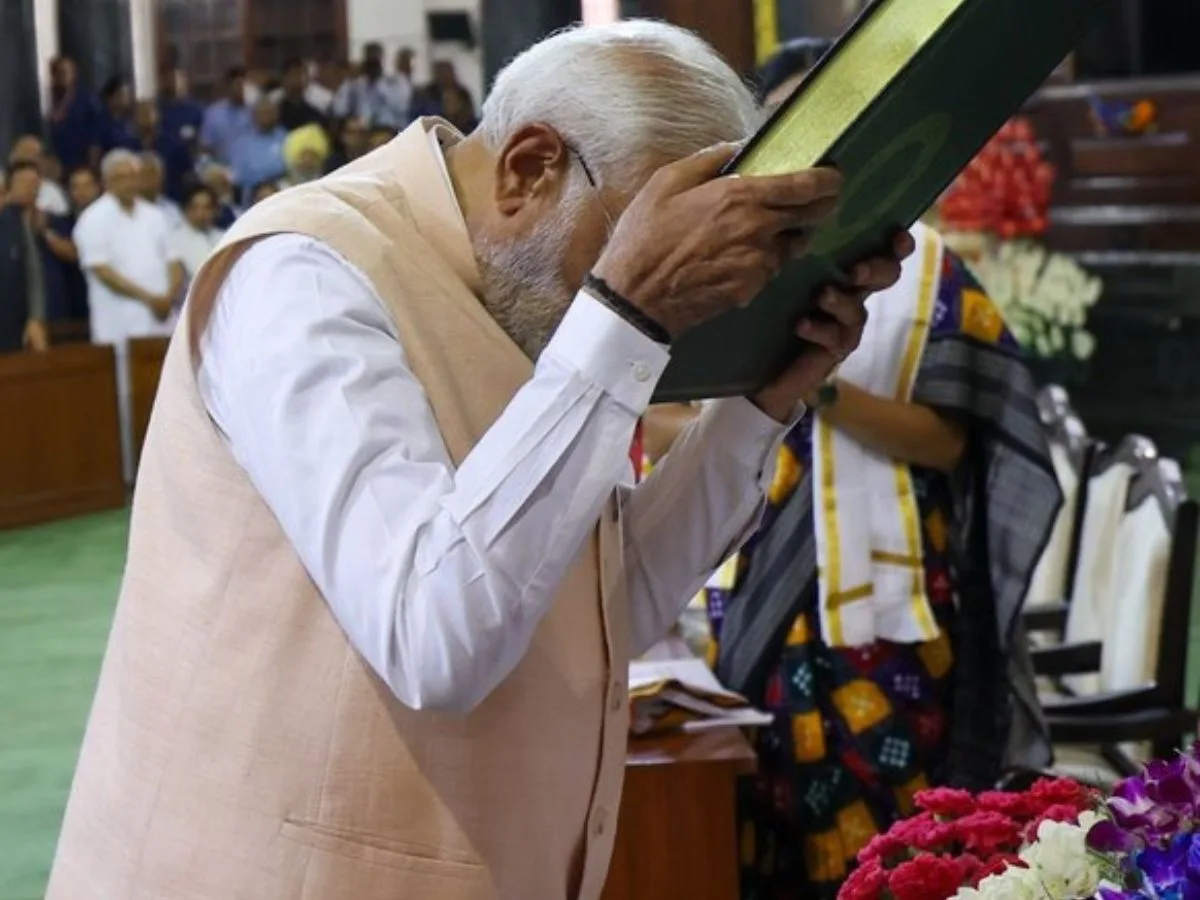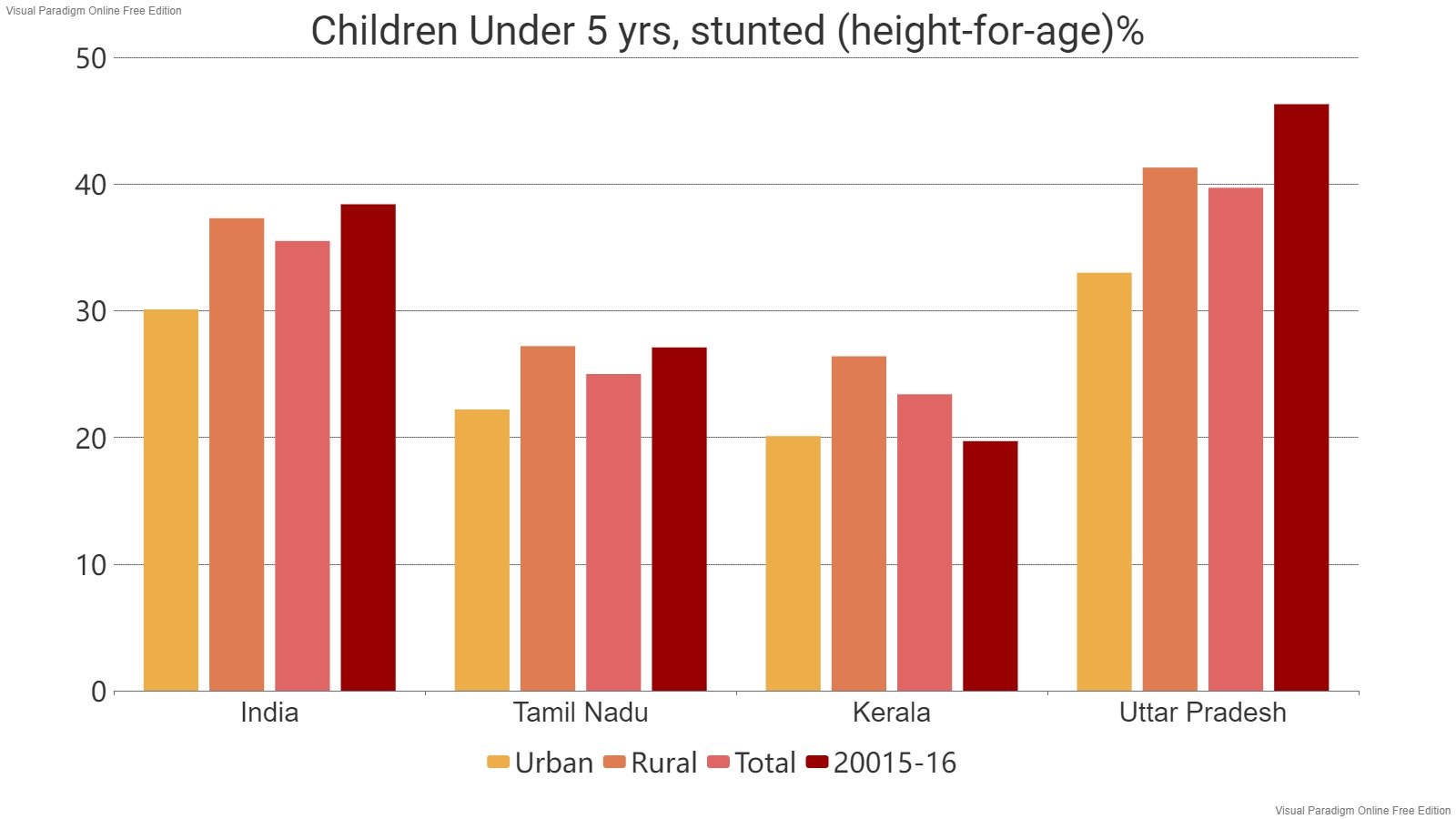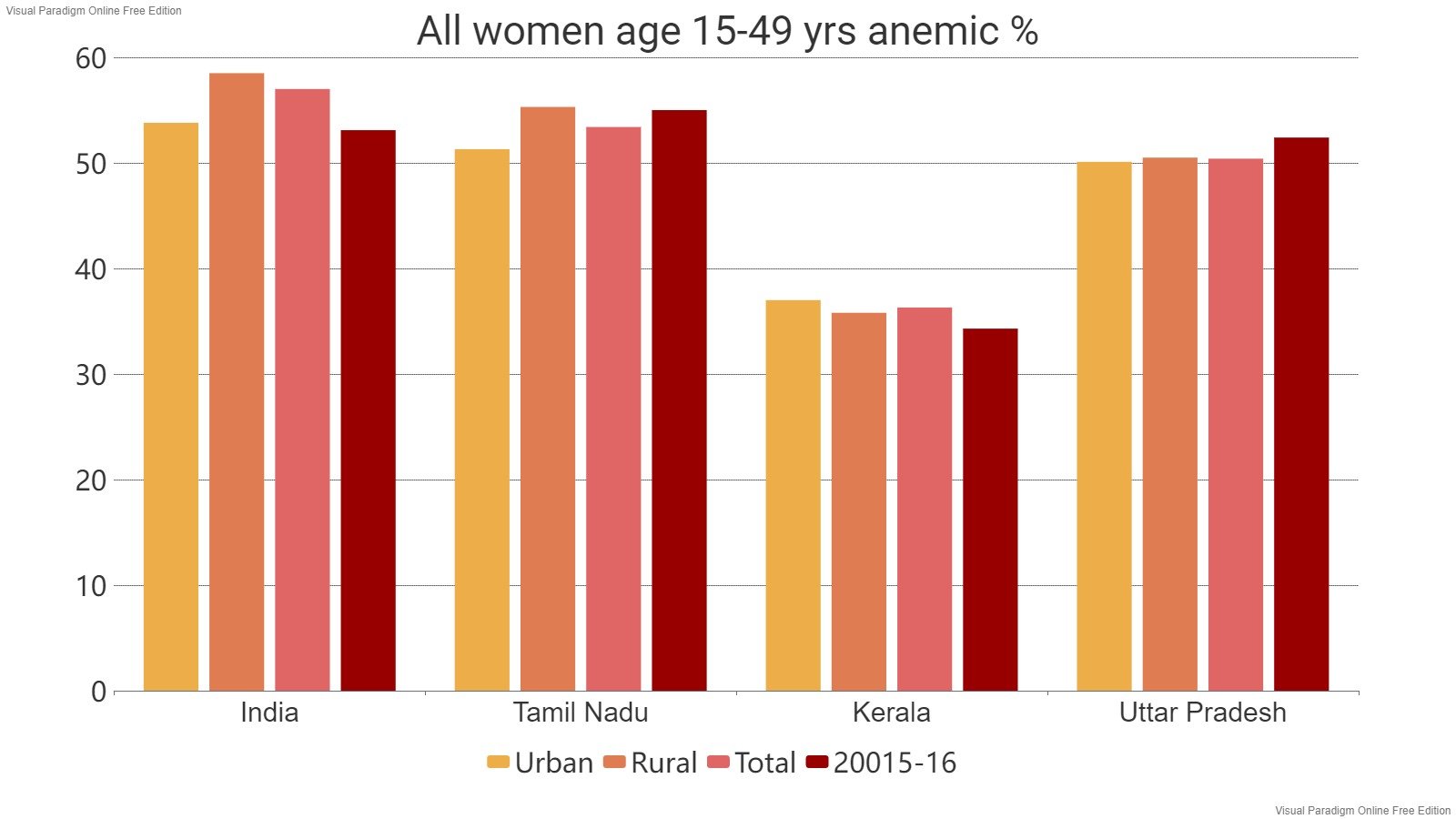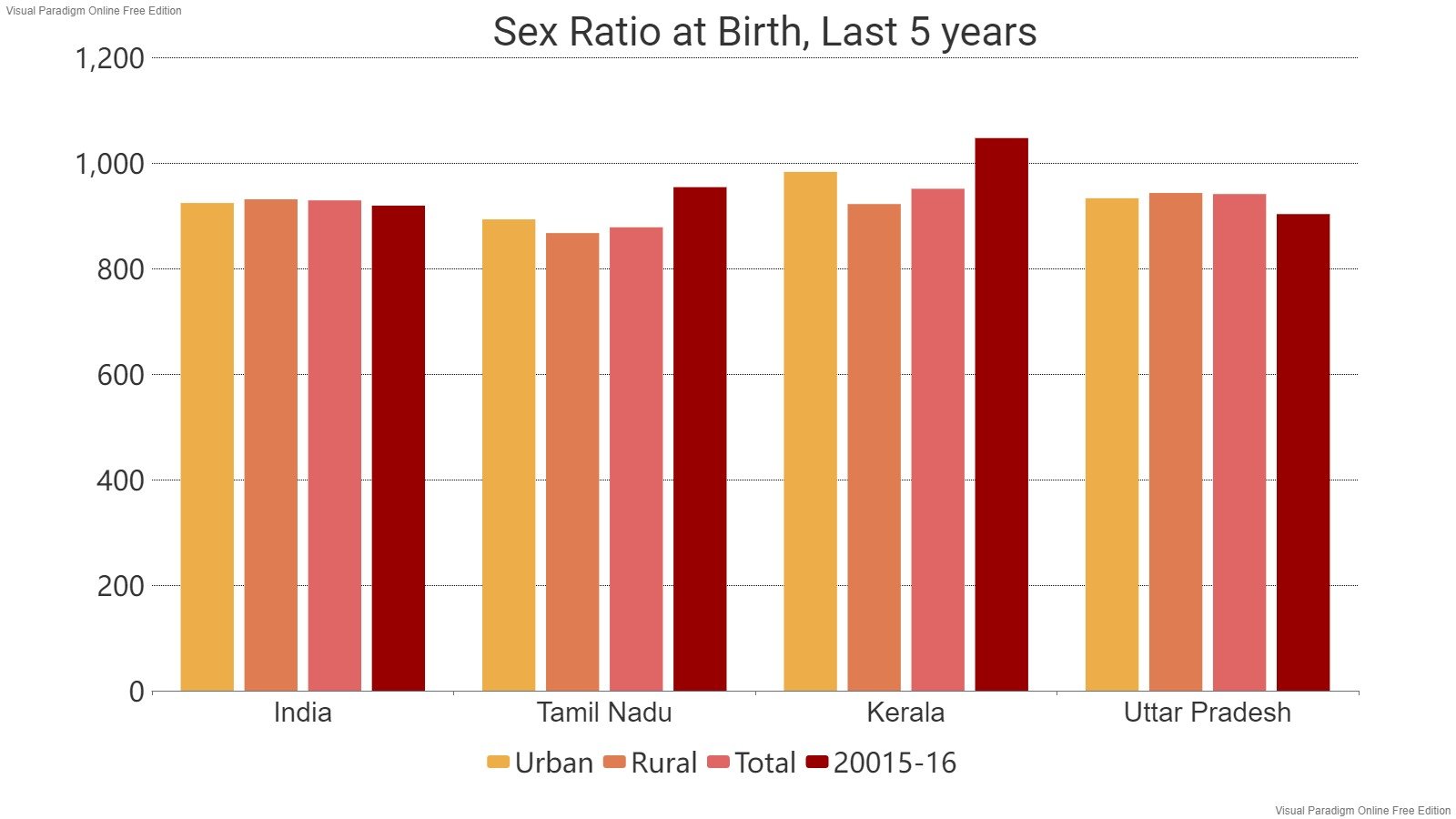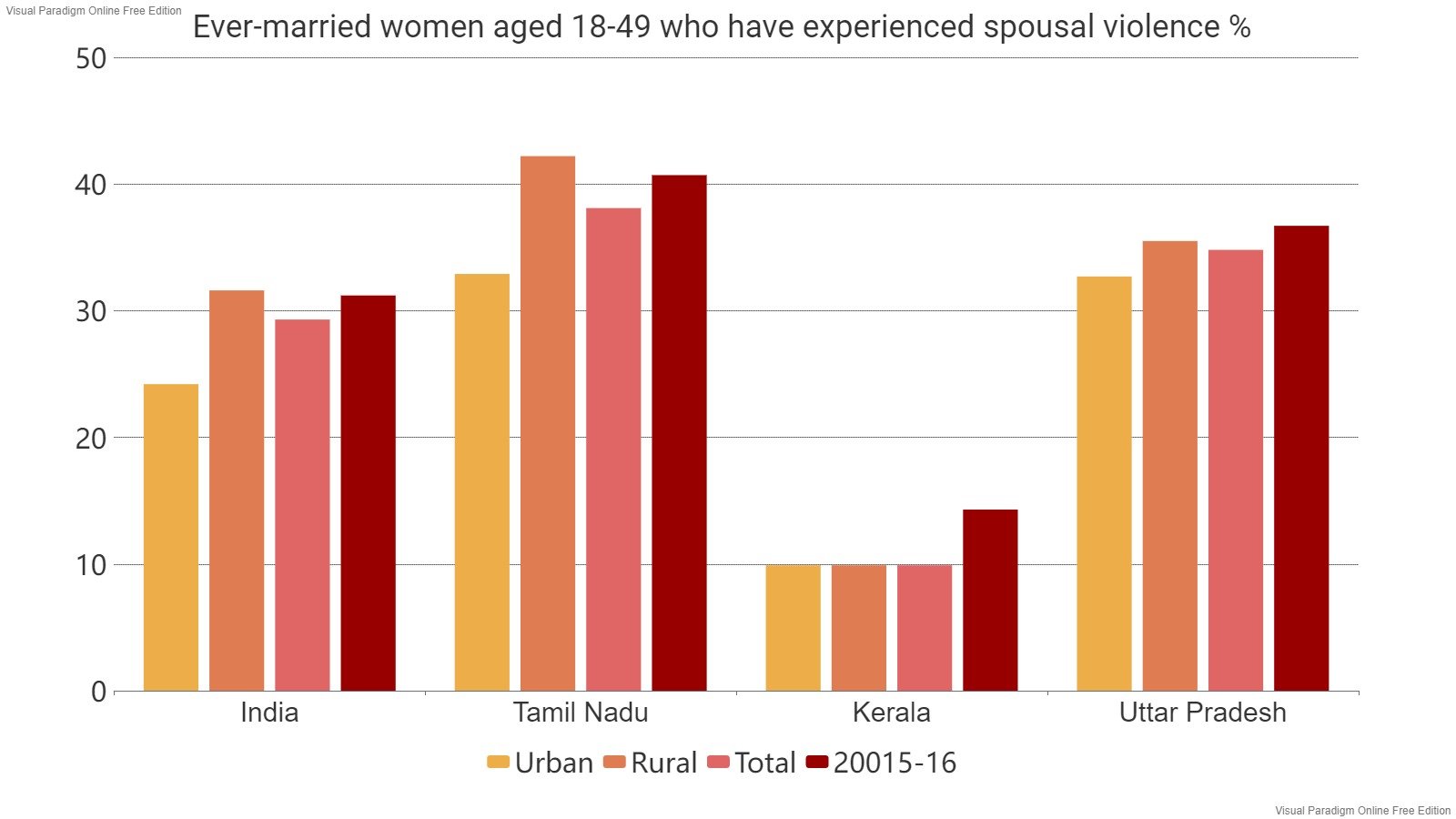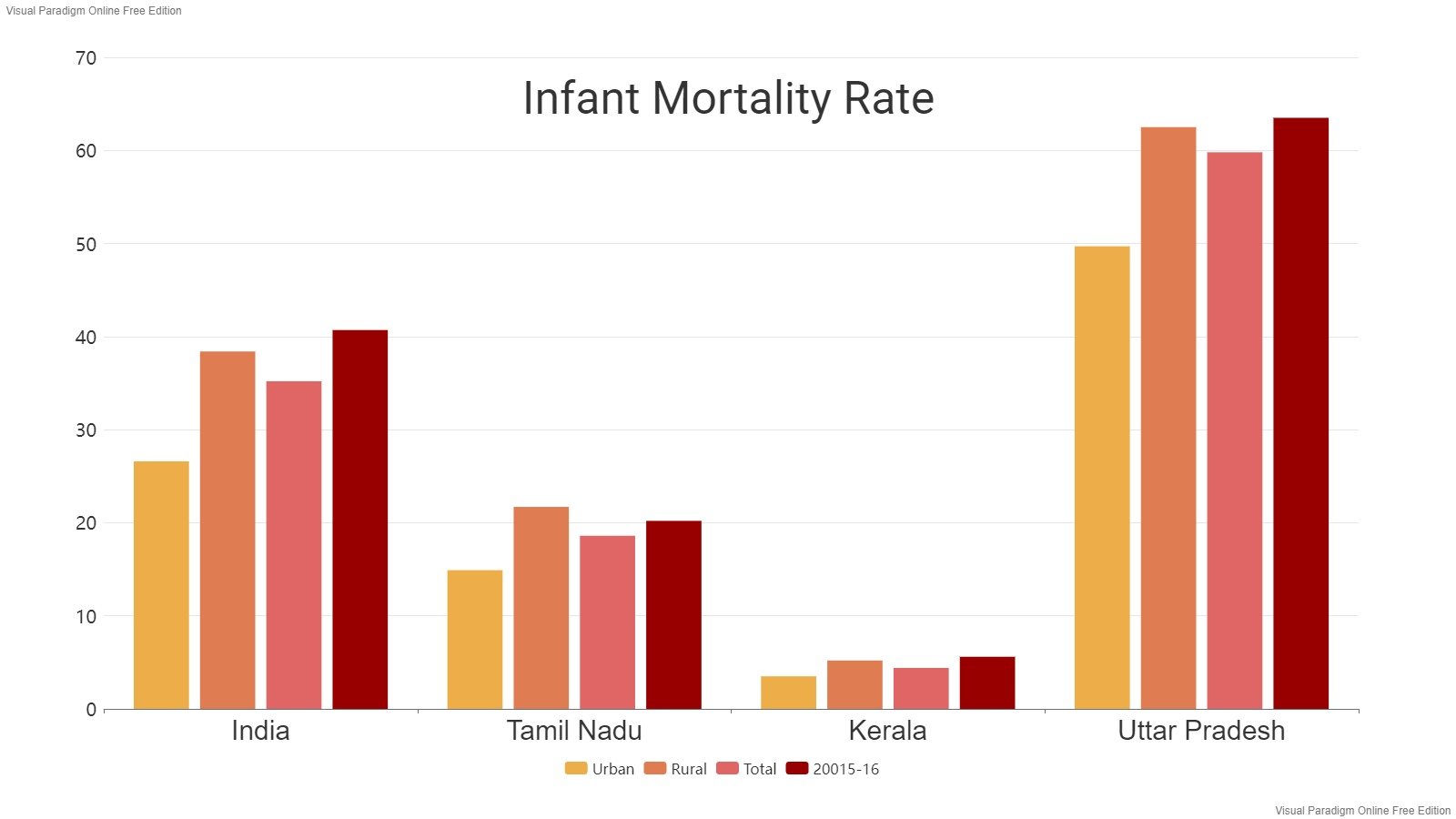Read in : தமிழ்
For a city with a population officially “fast approaching” one crore and bearing the burden of low-capacity civic governance, a 75% rise in rainfall, 491% of it in a matter of five days, spells disaster. Chennai has again encountered a flood disaster this year that revives memories of 2015, in which scores of people lost their lives. Between October 1 and November 13, 2021, the India Meteorological Department put the rainfall for Chennai district at 813.9 mm, against a normal of 465.5 mm.
A newly-minted DMK government, which at one time derived much succour from the city’s 14 core urban Assembly constituencies and called it the party’s fort, is being forged this time in the fury of flood waters. It is putting up a brave fight, with high-visibility forays into flooded streets led by Chief Minister M.K. Stalin, energetic social media campaigns and an earnestness guided by possible Corporation elections coming soon, has, however, been dwarfed by the scale of the flood.

Chief Minister Stalin at Food Dstribution Centre. (Source: MK Stalin’s Twitter page)
Several disaster messages have been repeated in the peak rains on November 7 and 11. No less than 11 vehicular subways, ranging from Vyasarpadi in the north to Gengu Reddy, Madley and Duraiswamy subways in central areas, to Pazhavanthal and Tambaram in the south, serving thickly populated areas divided by railway lines, were completely submerged for various periods of time and declared closed.
Major roads in K.K. Nagar (Rajamannar Salai), Mylapore (Sivasamy Salai), Sembium, Peravallur 70 feet road, Pulianthope and Vyasarpadi, besides parts of E.V.R. Periyar Salai were all officially off-limits due to flooding. This is a partial list, and several localities were equally marooned. Mambalam fumed without power, Kodambakkam was full of water. In most cases, power supply was switched off to prevent electrocutions, plunging the global metropolis, and its many wealthy residents into paralysis
In most cases, power supply was switched off to prevent electrocutions, plunging the global metropolis, and its many wealthy residents into paralysis.
If COVID-19 laid the high-performing economy low, the wages of prolonged civic neglect dealt a second blow; the Gross State Domestic Product had a growth of 13,12,929 crore in 2019-20 at the annual rate of about 8% that is almost double the national average. That has been hit again by the flood, after the virus.
A ‘visible’ response
The DMK government’s response, amplified by social media, had the familiar optics of VIPs visiting flood-hit people at home, tasting food meant for public distribution in Greater Chennai Corporation special kitchens for quality, high-powered pumps in action to drain the flood and to reopen subways. There were no hiccups this time – of the kind that triggered the 2015 flood from Chembarampakkam in the Adyar – with the early opening of reservoirs to allow some water to flow, anticipating more rain in coming weeks.
On November 13, Poondi was releasing the equivalent of its entire inflow of 13,264 cusecs, to avoid a build-up of the kind that triggered the catastrophe six years ago. Crucially, the five reservoirs of the Chennai water system – Cholavaram, Red Hills, Chembarampakkam, Kannankottai Thervoikandigai besides Poondi – were still short of full level by 1,854 mcft, according to Chennai Metrowater data on that date.
The State has, however, lost steam in its attempts to urbanise at sustainable scales, and the official machinery is unable to keep pace with a weakly regulated market and often politically-connected forces that exploit land for speculative housing. There is then the issue of politically backed encroachers who have claimed lake beds and marshes, and absence of civic accountability through elected municipal councils. Tamil Nadu’s emphasis on public health was, however, in evidence during the flood: the DMK government operationalised 200 mobile health facilities in Chennai, part of many more Statewide.
Draining public confidence
The approach to the construction and maintenance of storm water drains in Chennai, which sits 2 metres to 10 metres above mean sea level, is an interesting study. The city Corporation says roads over 7m width get drains, now often precast structures, but it does not speak of a network of drains to carry water to an end point. Rather, these are intended to locally absorb water and prevent flooding. Once it rains heavily, these poorly maintained and heavily silted structures cannot store water.
The other question that arises is on how the drains interface with the network of 30 canals that the Chennai Corporation says it maintains, including those in the newly included city areas. For example, there are canals in areas that also witness regular flooding – T.Nagar near G.N. Chetty Road, across Theagaraya Road and near Kannammapet. The Mambalam Canal spans three civic zones. In recent years, the civic body purchased equipment from abroad – an amphibian machine from Finland for Buckingham Canal, Captain Cotton Canal and Adyar river – besides a Swiss robotic excavator for MGR Canal, and so on.
Since none of this could prevent the current paralysis, some troubling questions arise. Is the design of the drains seriously flawed? Has there been serious corruption that has prevented proper implementation? The answer to these would be for the TN government to produce a high resolution map of drains, that the citizens can themselves monitor in future if they are available at the street level on the Internet. After all, the city’s storm drains have attracted funding support from the World Bank (Cooum and Adyar basins) German Development Bank KfW (Kovalam basin), the Japanese agency JICA (Kosasthalaiyar basin), all together worth a few thousand crores of rupees, as per Corporation statements.
Is the design of the drains seriously flawed? Has there been serious corruption that has prevented proper implementation? The answer to these would be for the TN government to produce a high resolution map of drains, that the citizens can themselves monitor in future if they are available at the street level on the Internet.
Assessing the state of irrigation tanks and reservoirs in the Greater Chennai area including upstream lakes in Thiruvallur, Kancheepuram and Chengalpattu districts is vital to creating a series of harvesting canals that can prevent several thousand million cubic feet of water flowing uncontrollably and paralysing the city. The water scientist S. Janakarajan estimates that there are between 150 and 200 ‘eris’ upstream of Chembarampakkam reservoir. He says just this one major reservoir can be desilted to store twice the quantum of water, which would be a staggering 7 tmc.
This is the hard task ahead, for Stalin and the DMK government. Beyond the visual imagery of old-style political support and immediate succour, the Chief Minister has to worry about the threat from repeated floods to one of India’s best-performing industrial States, and the capacity of the city administration. Chennai now is a major automotive hub, has a variety of services boosting the IT-enabled economy, a data backend for the World Bank, and a healthcare sector with an international base of patients. But it faces repeated disruption.
Chennai’s problems may be similar to those of other metros, and it may even be a little better off compared to them, but that is a complacent view, as 2021 makes clear. It does no justice to the high performance capability of the city.
Read in : தமிழ்




